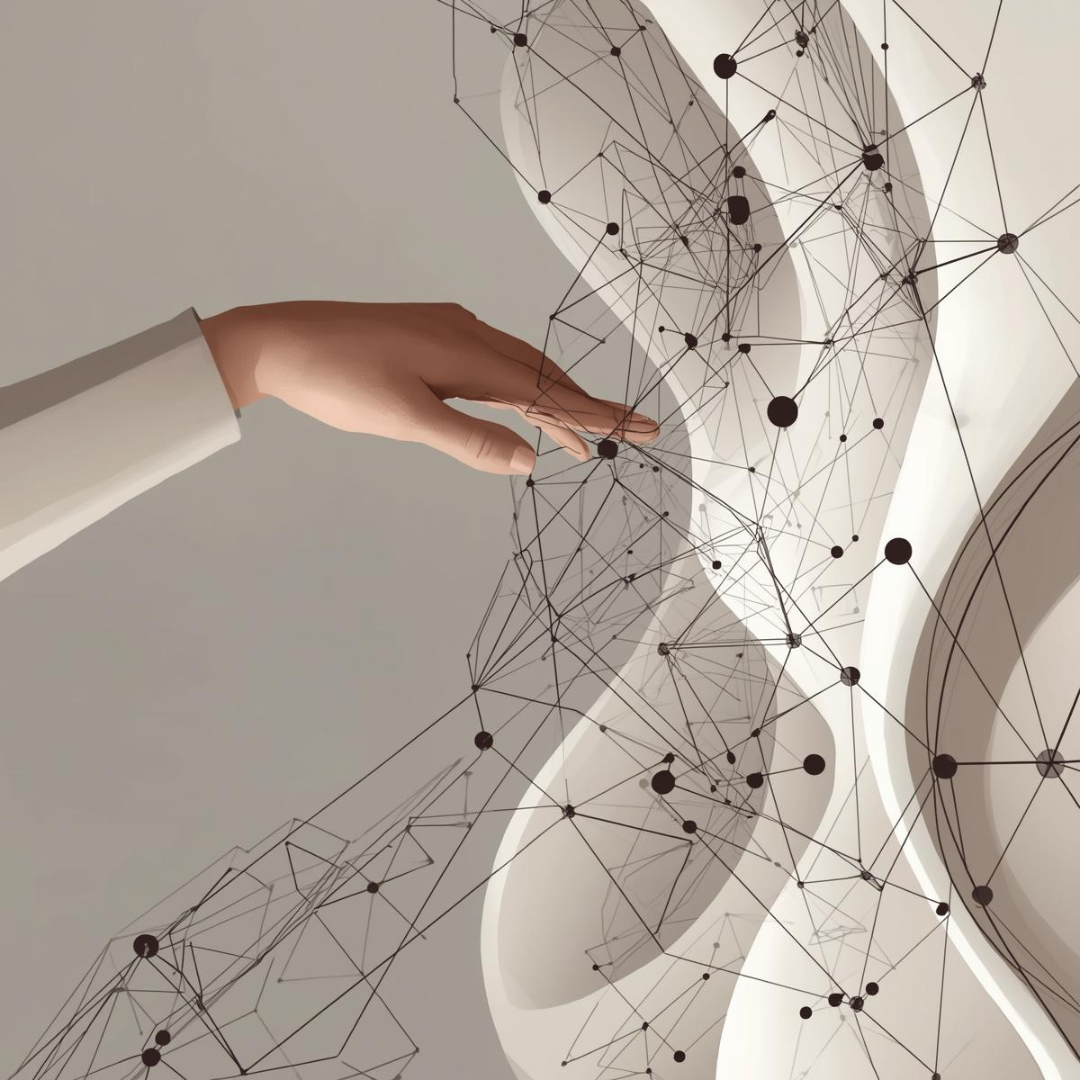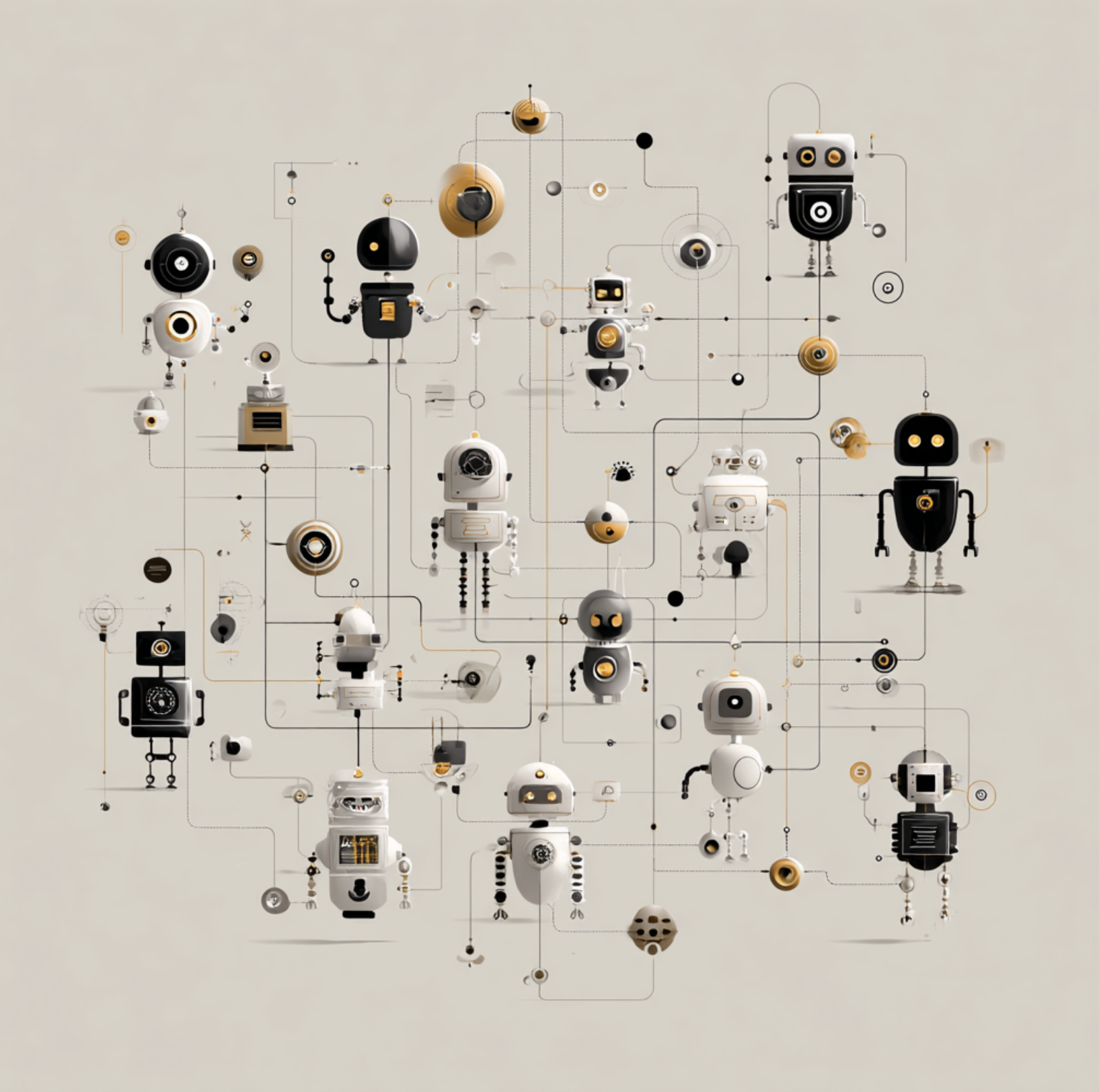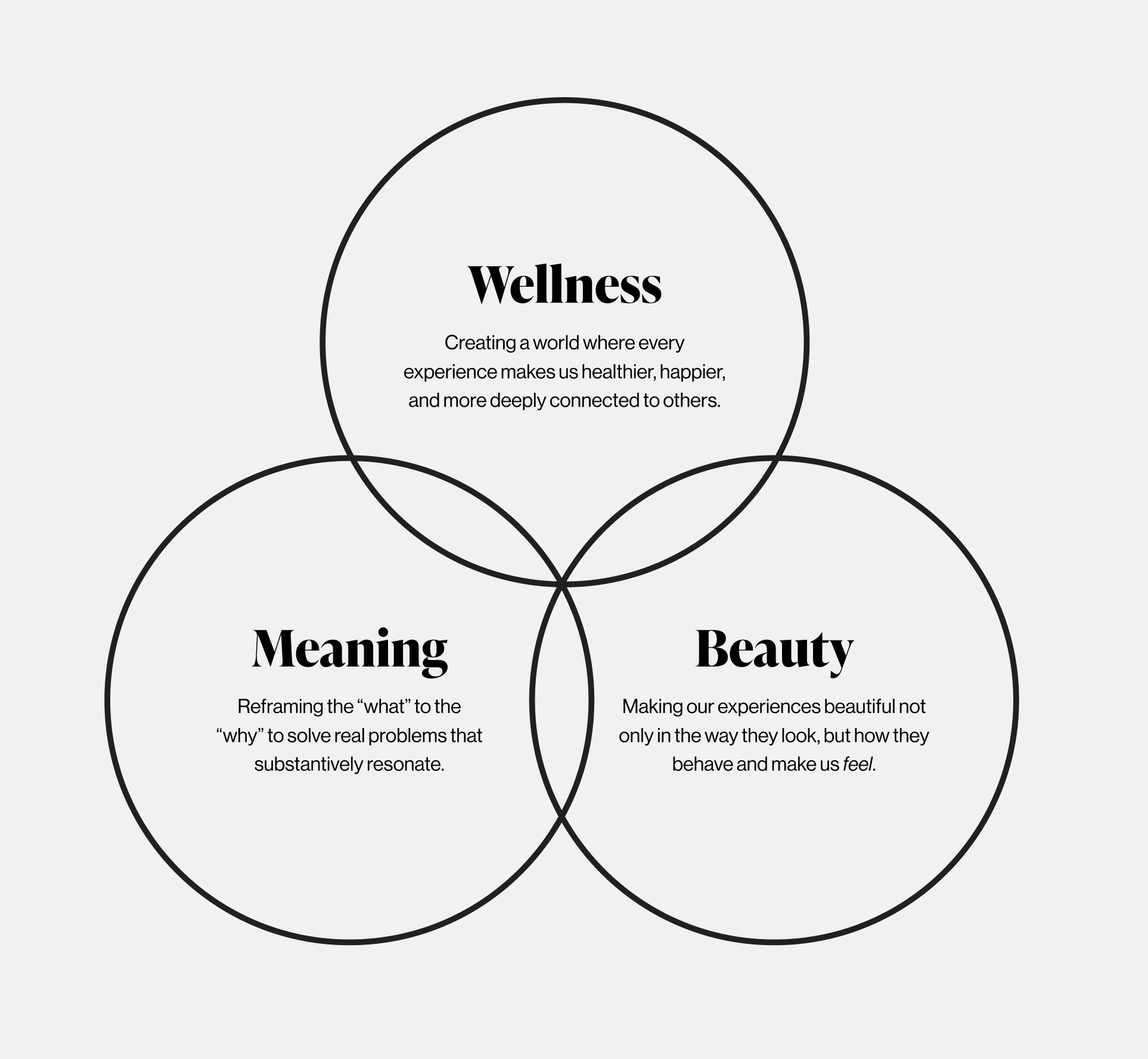
Why Creativity Often Feels at Odds With the Cultures That Need It
Designers are hired to bring new thinking into organizations, and then punished, or resisted, when they actually do it. It’s a tension built into the role. Companies say they want innovation, transformation, and new possibilities, yet often reject the very ambiguity and exploration required to create them.

The Future of Design Is Intelligence, Not Interfaces
Design is standing at a crossroads, one unlike any we’ve faced before. For decades, we’ve been the makers of products and shapers of experiences. But now, as intelligence becomes ambient and creation becomes automated …

Where Vision Falls Short. Here’s the Future of Design Leadership.
Leadership has never been about control. At its best, it’s always been about connection and coherence. The greatest leaders have never ruled through command …

From Outputs to Outcomes: Design’s Role in the Age of AI
Design used to be the means by which we made things beautiful and functional. In the age of AI, it’s how we make things, and organizations, intentional.

Enterprise Design: Not Just Pretty, Not Optional
Design is not about decorating the edges of technology, it is about shaping how technology works for people. It requires empathy, systems thinking, data literacy, technical fluency, and the courage to cut through complexity with clarity.

Editing Meaning: Why Designers Matter More Than Ever in an AI World
Artificial intelligence is changing the way we create. In seconds, AI can sketch a dozen app flows that once took weeks, but without human direction, it’s noise, not design. It feels like magic, but quantity isn’t the same as design.

Beyond Function: Design for Resonance
Neuroscience tells us that experiences anchored in feeling are remembered more vividly and trusted more deeply. This is why emotional intelligence in design has become one of the most important skills of our time.

The Future UI is Generative
We’ve lived inside screens of buttons, menus, and workflows designed once and then frozen in time.
But the future of the interface is not a frame.

Beyond Craft: Why Excellence Lives in Culture
In enterprise and healthcare software, there’s a long-standing myth. When the work is complex, regulated, and high-stakes, the software doesn’t need to be beautiful. It just needs to function. But I don’t believe that. In fact, I believe the opposite.

Designing for Presence: The Promise and Risk of AI
Technology untethered from real human need risks becoming spectacle instead of progress. The difference between something that empowers and something that alienates lies not in its features, but in whether it truly serves us.

Leading Through Emotionally Charged Times
Leading a team is never easy, but guiding an entire organization through emotionally charged, high-stakes moments requires a distinct skill set.
Here are 9 ways I try to lead through these emotionally charged moments.

Designing for Today’s Network of Intelligent Agents
AI agents are no longer isolated tools, they’re part of interconnected systems. Each has its own capabilities and degrees of autonomy. Some follow simple rules. Others adapt, predict, or operate independently.
But autonomy alone doesn’t create meaningful impact.

When Design Leads, Business Wins
Too often, design gets brought in after most of the key business decisions are already made. The PRD’s written, the roadmap’s set, and then: “Hey, design, go make it pretty and easy to use.” If design starts that late it’s playing catch-up.

Design Leadership Doesn’t Start with a Title—It Starts with You
Design leadership isn’t about a title, it’s about taking initiative, especially in moments of ambiguity. Instead of waiting for clarity or permission, impactful designers use their skills to explore, make sense of the mess, and collaborate with others to move work forward. By staying curious, proactive, and engaged, designers build trust, develop intuition, and grow into leadership through action, not authority.

Why Is Complexity Such a Dirty Word?
Great design doesn’t flatten complexity, it makes it navigable, meaningful, and empowering. Because in high-stakes environments like healthcare and enterprise, complexity isn’t a problem to solve, it’s a sign that the work truly matters. The real opportunity isn’t to simplify life, but to support the people doing complex things with clarity, confidence, and care.

Why Beauty, Wellness, and Meaning Are My Leadership Compass
The way I lead—at work, at home, and in every role I hold—stems from three core pillars: beauty, wellness, and meaning. These values ground me, guide my decisions, and help me show up with clarity, calm, and purpose in every part of my life.

It’s time to Rethink the PRD
Many enterprise PRDs are still created as fixed, feature-heavy documents disconnected from real user problems, leading to wasted effort on unused functionality. To build meaningful, adaptive products, especially in an AI-driven world, we need to rethink the PRD as a downstream artifact that comes after deep discovery and understanding of the problem. By starting with the problem, embracing curiosity, and designing for real user moments, teams can unlock innovation and deliver experiences people truly need and want to use.

Creativity Is What Keeps Us Relevant in the Age of AI
AI won’t replace us, but it will challenge us to show up more human than ever, to create with more heart, lead with more purpose, and lean into the stories, experiences, and imagination that only we, as humans, can offer the world.

The Surprising Strength I found in Leading Authentically
For the longest time, I hid my vulnerability, afraid it would make me look weak, especially as a woman leading in tech. But I’ve learned that showing up honestly and openly is actually my greatest leadership strength. It’s not only a strength, it’s a superpower.

Designing AI as a Trusted Collaborator in the User Experience
I’ve been exploring what it really means to design AI as a collaborator, not just an assistant that replaces the user or acts on their behalf, but a true partner that works with them. Here’s one approach to hypothesizing (or mapping) the AI’s role based on real user needs, their context, the moments they’re in, and the kind of collaboration that genuinely adds value.